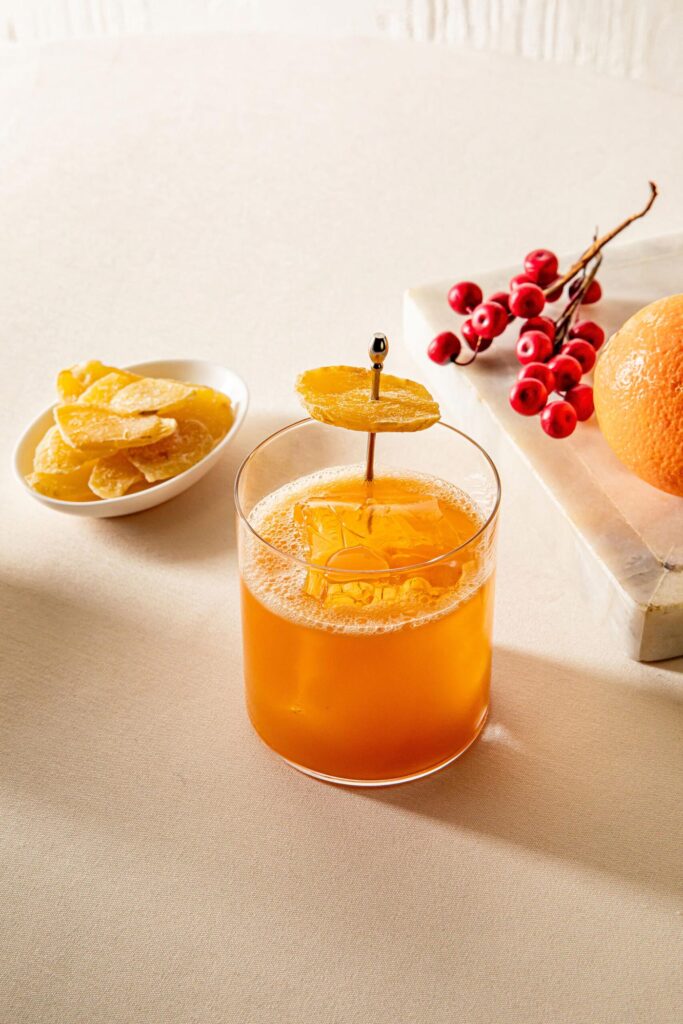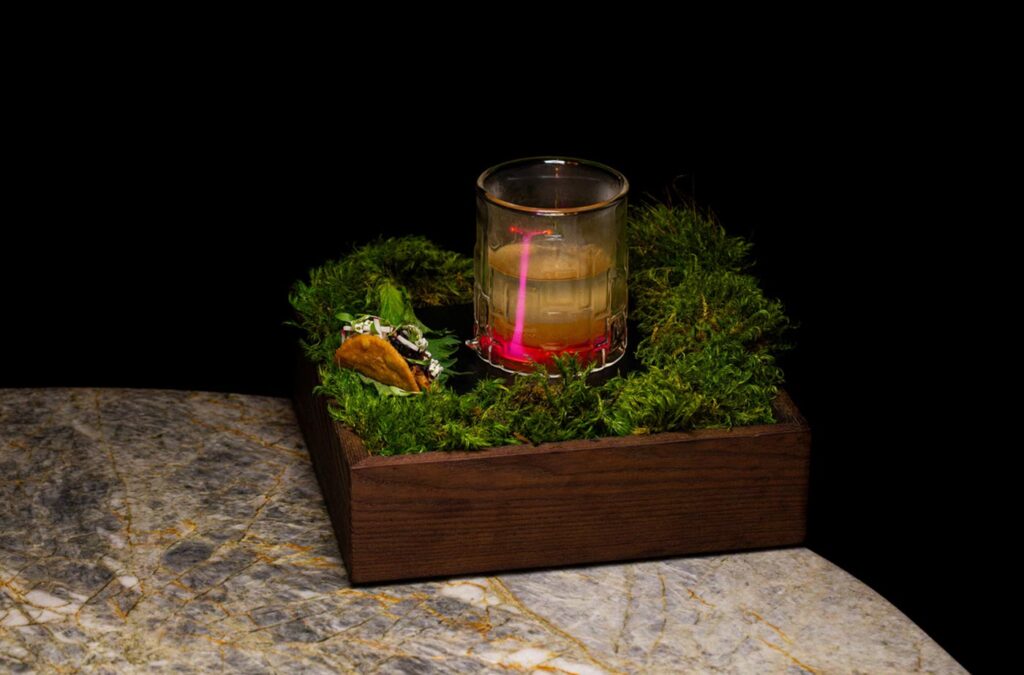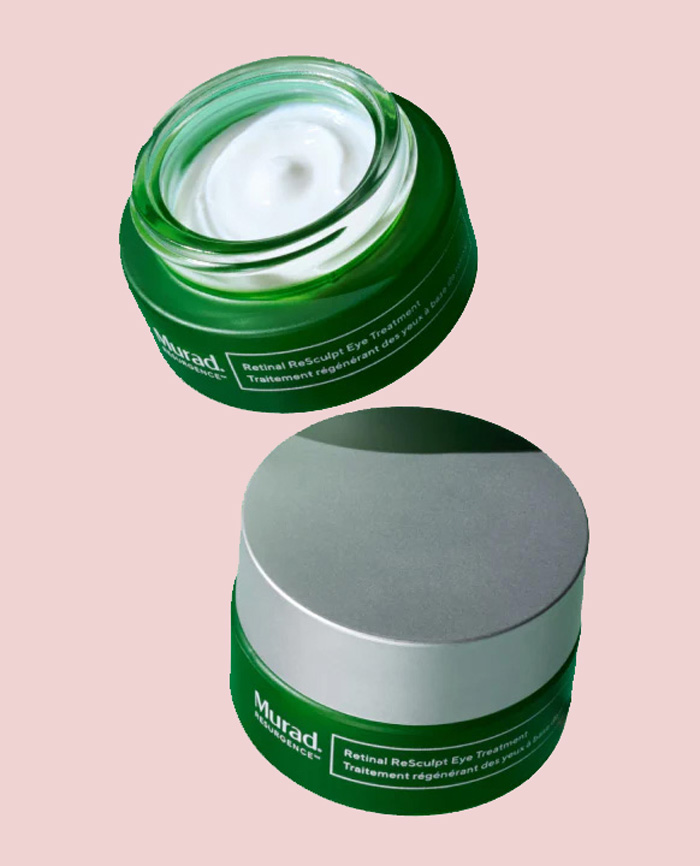
Founded by David Powell in 1994, the winery is so called after the small Scottish town, Torbreck, where Powell worked as a lumberjack. Torbreck’s roots are well-established in share-farming – using fruit from the very best vineyards in the Barossa Valley. Winemaker, Dave Powell’s production is heavily based on the classic Barossa Valley varietals of Shiraz, Grenache and Mataro an ode to Powell’s own love for the wines of France’s Rhone Valley. It is no wonder Torbreck wines are otenen compared to these varietals.
For the past two years, Torbreck has undertaken the production of whites like Viognier, Marsanne and Roussanne. located in lyndoch Australia (one of the original Barossa properties),
Torbreck is situated amidst a native ecosystem that supports myriad flora and fauna. Eventually, Powell hopes to turn this into a nature reserve. So what makes being a winemaker so fulfilling to Powell? “unlike most producers of “things”, winemakers have a hand in virtually every aspect of their creation. We get involved in growing and maintaining the vines, processing the fruit, labeling, bottling, marketing, and finally selling the wine. As a winemaker we become part of the terroir, adding a sense of ourselves to every bottle leaving
the winery. It’s a very gratifying feeling, particularly when there’s a sense of stewardship of the old vines and the Barossa Valley winemaking tradition is involved.
Three Questions with Dave Powell:
WHY DO YOU THINK GRENACHE IS BECOMING SO POPULAR AGAIN? Consumers have only recently come to the realization that the European wines they always enjoyed
(Châteauneuf-du-Pape, Cannonau, Spanish Garnacha) were made from Grenache. This coincided with a greater appreciation for the variety on the part of winemakers around the world.
Grenache works well with food, and it’s a very flexible grape variety, lending itself to winemaking in a wide range of styles, from full-bodied reds from the Barossa to rosés in Tavel, and rare Grenache Blanc and Grenache Gris used to make white wines.
WHAT MAKES THE SOIL IN BAROSSA VALLEY (AUSTRALIA) SO IDEAL FOR THIS VARIETAL? To make great wine, Grenache grapevines need to struggle. The Barossa Valley has the oldest soil on the planet. The limestone maintains acidity and minerality, and as the vines age they grow deeper into the ground, passing through limestone, clay, and eventually hitting bedrock. This gives the resulting wine a lot more character than what you’d find being made from grapes grown in young-vine vineyards whose roots don’t go as deeply.
WHAT DIFFERENTIATES TORBRECK WINES FROM OTHERS MAKING GRENACHE? Our focus is on creating handmade wines with purity, finesse, and elegance. We are not scientists, but grape growers and winemakers, so everything we do is geared toward emphasizing the sense of place that is unique to the Barossa Valley. I am very much influenced by the traditional European approach to winemaking. Vis-à-vis Torbreck’s wines in context with European wines, our vigneron-centric approach is very similar to what you see in the Rhône, but the climate and soil in the Barossa is different from what you find in Côte-Rôtie or Châteuneuf-du-Pape. The Torbreck wines reflect the Australian terroir in the same way that the French wines reflect theirs.
Tasting Notes:
Les Amis 2006: Dense eggplant in colour, Les Amis is a lesson in precise and passionate wine making granted by the terroir — the soils of western Seppeltsfield, Australia. Perfumed
with the dominant intensity of ‘scorched earth’ and oak, Les amis is at its heart driven by Chinese five spice, anise, cherry, and raspberry balanced by smooth tannins. The hand harvested 100% Grenache was initially made for a friend of Powell, Ignatius Chan. “He asked me to make a wine for his renowned Singapore establishment. This unique parcel of
Grenache, sourced from an old vineyard, has successfully endured eighteen months maturation in new French barrique.” This elegant wine is one to savour for many years to come, and an excellent addition to a wine collection.
Varietal: 100% Grenache
The Steading 2006: Named after a collection of barns, stables and outbuildings located on a highland farm, The Steading is deep red in colour with aromas ranging from truffle, raspberry cherry, and delicate notes of sweet floral, licorice and Provencal herbs. Cedar and smoky earth are perfectly balanced by acidity and supple tannis. The wine reminded
some tasters of a great Burgundy, slightly sweet on the palette. A blend of Grenache, Mataro and Shiraz, and aged in French Hogsheads, the wine retains a strong character that would lend itself beautifully to further aging.
Varietals: Grenache (60%), Shiraz (20%) & Mataro (20%)
Read more in the Fall 2010 issue of City Style and Living Magazine.












